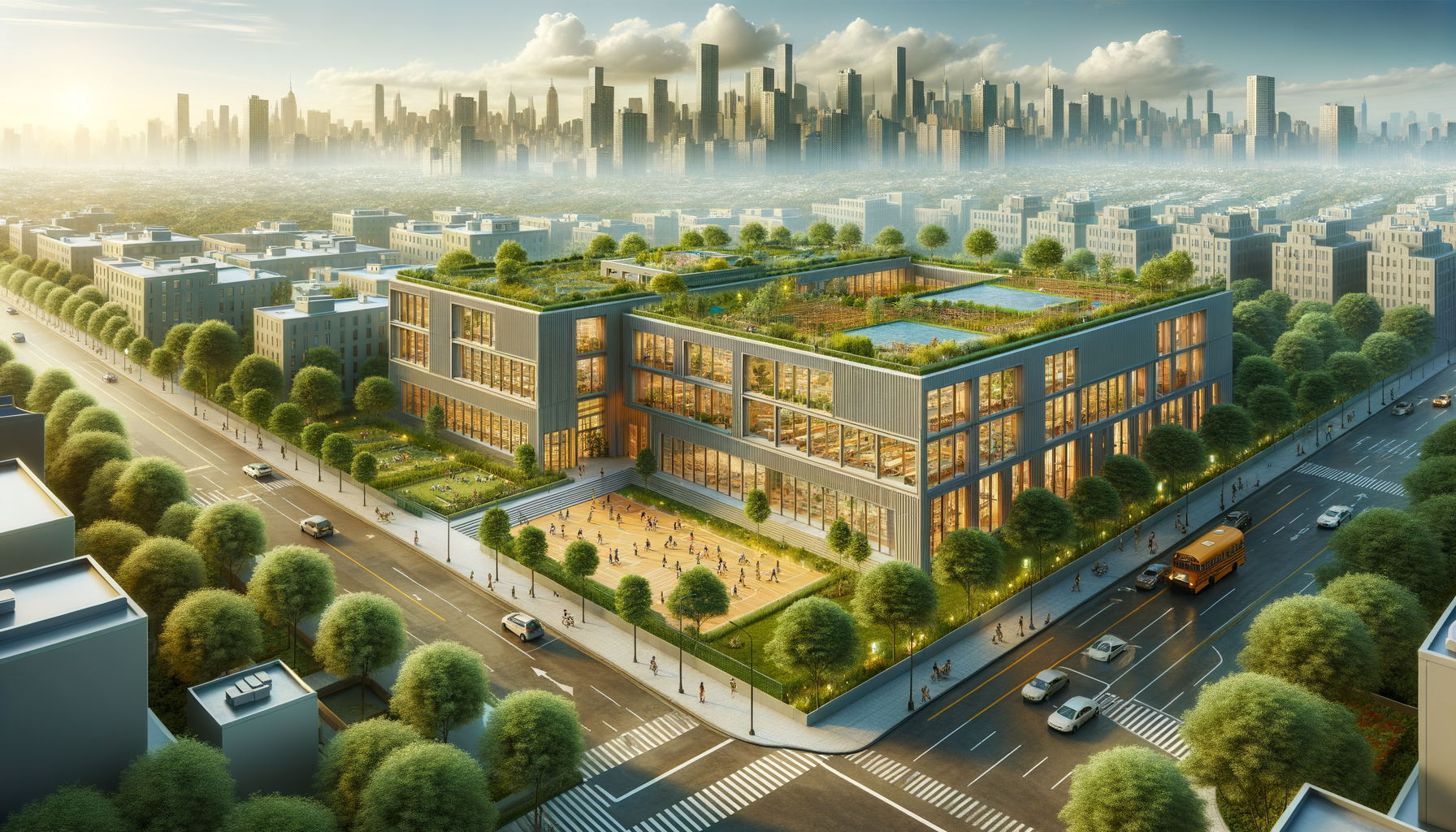Transforming Education: The Endless Benefits of Passive House Design in School Construction

Transforming Educational Spaces with Passive House Design
Passive house design is revolutionizing the way schools are built and operated, offering numerous advantages that extend beyond mere construction aesthetics.
Key Benefits of Passive Design in Schools
- Cost Savings: Lower energy bills free up funds for educational programs.
- Enhanced Comfort: Consistent indoor temperatures create a more conducive learning environment.
- Environmental Impact: Reduced carbon footprint aligns with sustainability goals.
- Health Benefits: Improved air quality decreases absenteeism due to illness.
Implementing Passive Design: Steps to Success
- Design Optimization: Incorporate passive solar heating, natural ventilation, and strategic window placement.
- High-Quality Materials: Use superior insulation and airtight construction techniques.
- Renewable Energy Integration: Combine with solar panels or geothermal systems for maximum efficiency.
- Stakeholder Engagement: Involve teachers, students, and administrators in the design process to ensure the building meets educational needs.
“Implementing passive house standards can reduce a school’s energy use by up to 90%, significantly lowering operational costs.”
Sustainability and Education
Passive house schools not only save energy but also serve as living laboratories for students, teaching them about sustainability and environmental responsibility firsthand.
Conclusion
Adopting passive house design in schools presents a forward-thinking approach that benefits students, educators, and the environment alike. It embodies a commitment to sustainability, cost-effectiveness, and enhanced learning environments.
